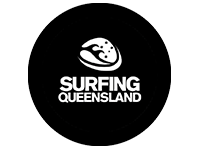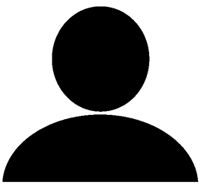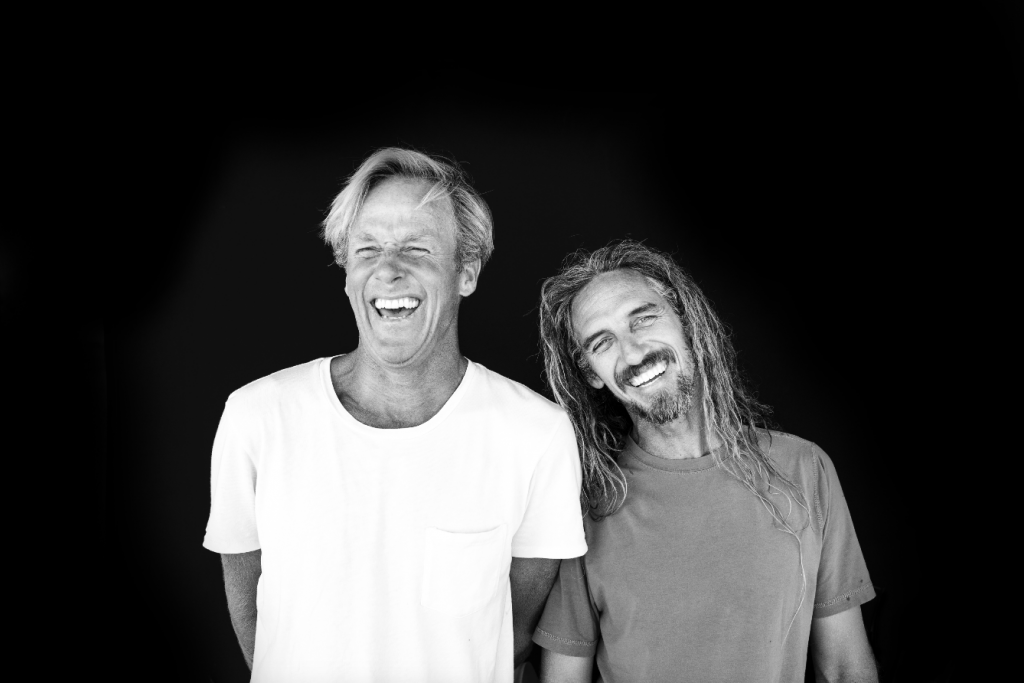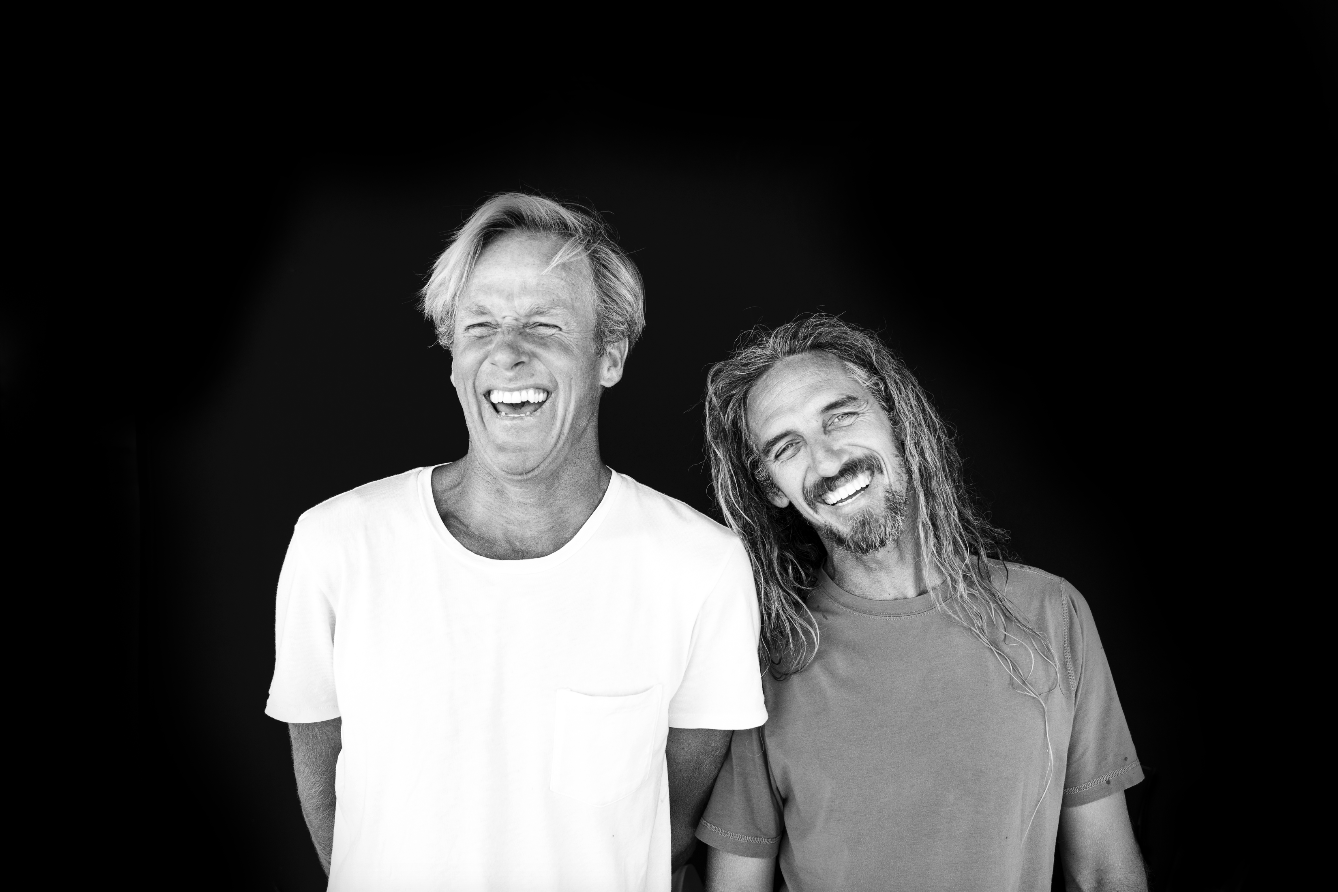Words by Lucy Callister. Photos courtesy of Todd Glaser.
After the recent devastating floods in Northern New South Wales and Southeast Queensland, climate change discussions are (hopefully) topical for many surfers in this region that saw first-hand the devastating effects these floods had on our population. Not only did the floods destroy many people’s homes, and livelihoods, but for surfers, these floods also managed to keep many of us out of the water for weeks, if not months, due to the polluted and dirty water which came with the enticing risk of getting sick, an infection, or an injury due to the debris.
Surfers generally like to consider themselves environmentally conscious of oceanic sustainability and issues such as water quality, pollution, tourism impacts and coastal development. Although one thing I’m not sure how many surfers are aware of is the sustainability problems associated with the very equipment required to participate in the sport we all love so much. Surfboards and the associated equipment are manufactured items that involve demanding labour. Unfortunately, the production and processes involved in surfboard fabrication create various environmental issues.
Now… we’re not saying that this SHOULD or WILL stop you from purchasing a new surfboard. But it is important to be conscious of the overall environmental impact that we have. We also wanted to bring to your attention, the positive work being done by shapers, such as Firewire, who strive to create surfboards that ‘improve the surfing experience as much as possible, while impacting the environment as little as possible.’
We sat down and had a chat with the iconic shapers and surfing legends, Dan Mann (a part of Firewire since it’s founding) and Rob Machado (Pipe Master, Free Surfer and Surfboard Designer) to chat about surfboard shaping and their recent collaboration in designing the ‘Mashup’ which you may have seen gracing the shelves of your local surf shop in Queensland.

We love Firewire’s goal – ‘to improve the surfing experience as much as possible while impacting the environment as little as possible.’ Can you please tell us how Firewire is reducing its impact on the environment through the creation of surfboards?
Dan Mann: For me personally, a lot of it is just wanting boards to last longer and have a longer life and stay out of the trash. Maybe sold two or three times and still fun to ride.
But from the beginning, Firewire was into some materials for building surfboards that just innately had lower VOCs than more traditional materials, but later, Firewire became the first global brand to build 100% of its surfboards for retail within Sustainable Surf’s ECOBOARD Standard. That basically happened when Firewire began using Epoxy Bio Resin exclusively instead of common epoxy resin.
But the ECOBOARD standard lays out material options and manufacturing methods that, if used, create a board with a carbon footprint that is about 30% less than a board built from traditional materials.
Additionally, Firewire ‘wipes’ its carbon footprint each year by planting mangrove trees in Indonesia, conserving and regenerating kelp forest in California, and more through a program called Sea Trees. Check it out at Sea-Trees.org
How does the material used in Firewire surfboards compare to other surfboard materials?
Dan Mann: Firewire was founded on the use of EPS foam and Epoxy resins, and that set Firewire apart from the beginning.
We use deckskins and bottom skins that prevent footwells and indentations on the board. We’re also forward thinking in the way we control flex. For example, Firewire was founded on technology originally invented by Bert Berger – an Aussie like Rob – who figured out a way to craft balsa wood rails that surround the perimeter of the board and control flex parabolically. This is a manufacturing process we still use today in our Helium build.
The other thing is we use vacuum bagging, and it’s a process we use on the new Volcanic Basalt technology that enables us to make boards that are uncommonly strong for how light they are, in addition to our hand lamination technologies that also have a great strength-to-weight ratio.
Wait, Rob… Is it true you’re Aussie?
Rob Machado: Born. Yes.
Keen to explain?
Rob Machado: Yeah, born here. Parents moved us to California when I was young.
My Dad is American. My mom is British.
They moved to Australia and lived there for 15 years. I was born in 1973 and we moved to California when I was four. Been here since.
The wild thing is that when my parents left Australia, they nearly moved to a mountain town with a ski resort. They submitted two different offers to buy two different houses, one at the beach and one in the mountains, and the offer to buy the house at the beach is the offer that got accepted. Here we are today, still.
But another strange thing, I actually went back to that house in Australia my parents owned and knocked on the door like five years ago, and the guy answered and fully knew who I was, showed me around, and brought me to a pair of vintage skis hanging on the wall. They were my Dad’s skis he had left there when we moved.
What’s Firewire’s long-term vision in terms of surfboard innovation?
Rob Machado: Recyclable surfboards? [laughing] Seriously though, with every company I work with, I’m the guy who shows up to the meetings, the product conversations, whatever… and when they’re over, and the presentation is done or something…I’m like…. Okay, the product – boardshorts or clothes or whatever – works great. How can we be aware of the impact it’s having on the planet? What are we doing to just be mindful of that? Do we have a plan? What’s the goal?
Dan Mann: Oddly enough Firewire has fully experimented at length with recyclable resins. Immediately it doesn’t make sense because even though there are recyclable resins, the rest of the surfboard isn’t recyclable, so it’s kind of a dead end right now. That is something Mark Price (Firewire’s CEO) is big into though, trying to figure out the ‘holy grail’ of surfboard lifecycle, cradle to grave.
Rob Machado: And dialling in Hybrids. I love hybrids because of the speed they create, and you get these great fast high lines. But then you get to a perfect section and you’re like… man.. I wish it would turn. So just playing in that space of always trying to get hybrids right. Boards that have easy speed and work in weak waves but still let you do turns that feel good.
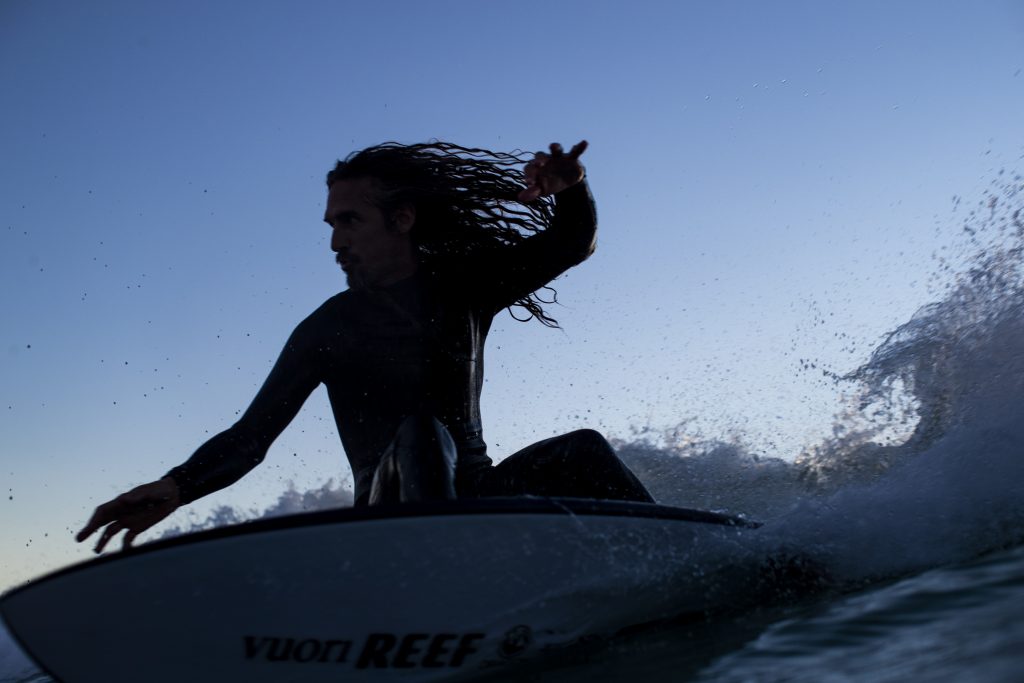
What does being environmentally conscious mean to you?
Rob Machado: For me it mostly starts with my Foundation, really.
I started the Rob Machado Foundation in 2004, with really just a simple goal in mind, I wanted to create environmental education for kids.
At the time I went to my daughter’s school one day and it had the same drinking fountain I used to drink out of as a kid when I first lived here. And I asked the kids, do you still drink out of this? And the kids were like, no.. its gross, its disgusting. We only drink bottled water.
So I looked around, and every kid, most of them, were drinking out of plastic bottles. Just carrying around disposable plastic everywhere and then throwing it away.
So, my Foundation’s idea was to come up with water refill stations and environmentally conscious re-fillable water bottles. The hope was to inspire kids to come to school with reusable bottles.
Today we’ve installed water refill stations in over forty schools, which equals a lot of plastic water bottles not landing in a land fill.
Dan Mann: My approach is like it’s a gradient. You’ve got to walk before you run. Try to use as much non raw material as possible, and for me, my little deal is I like making surfboards from garbage. Just discarded body boards, soft tops, left over resin and basalt or carbon scraps. Milling the fin boxes out of old broken boards and putting them in new boards. Just seeking to be aware of the garbage everywhere and repurposing that into surfable goods. It’s very fun as a hobby and I make them for friends.
So you’ve recently come together to shape ‘The Mashup’. How did you go about crafting the design and shape of this board? What was involved?
Dan Mann: it was just a game of mashing up the best elements of both our favourite boards (The ‘Seaside’ and the ‘Spitfire’) trying to figure out what made them liked and enjoyed by so many people. Both boards are fully still their own deal and have their place, it was just trying to combine the magic elements of both into a versatile board, really.
Rob Machado: For my part I was really into the foil of it. I was very into the way the thickness would thin out or blade out in the nose and tail. I’m really particular about that. Also making the bottom contours sensitive to the ways you want to move the board around, without the board becoming catchy.
Another thing, I remember, with the first version we did, I just thought the nose was too wide. I changed the nose a lot in that file. I remember spending time on the files that Dan would send me and paying attention to the outline a lot.
Dan Mann: I learned pretty quick that as a shaper, Rob is really into the overall aesthetic when you look at the plan shape, for example the curve of the swallow tail and how it blends with the outline of the board when you see it from a distance, that felt to me like the moment he became excited when we really got the outline right. That and the bottom contours.
If someone from Queensland was looking at purchasing a ‘Mashup’, what would be your elevator pitch or how would you convince them they need this board in their quiver?
Dan Mann: Kirra would be insane because of the volume distribution.
Rob Machado: Yeah the board is super foiled out in the tail. Really thin. The volume is forward, really. So it works in the pocket, but it paddles easy.
When it comes to Queensland and that surrounding zone the waves are just steeper, hollower, faster… the points and beach breaks… So it’s’ a great board for that.
Rob, during your time on the tour you used to come through Queensland a lot. Any waves you miss most?
Rob Machado: Honestly not many of the main breaks. They’re great waves and I enjoy them but there’s random sandbars everywhere that I always used to disappear to or sneak off towards. South Stradbroke on its day was pretty damn amazing. I miss that one. And also the other Island way off the coast.
What are some tips you can give people looking to order a new board, or buy one off the rack?
Rob Machado: If it feels good… do it. And more foam. Volume up.
Dan Mann: Research online. And confirm your research at a surf shop with a sales guy who knows her stuff or his stuff. But don’t come into the shop without doing your homework. Try to form some opinion and seek to get it validated from someone who knows what’s going on. There are really great surf shop employees out there at some surf shops. I like Sanbah, Kirra Surf, and Surfboard Empire.
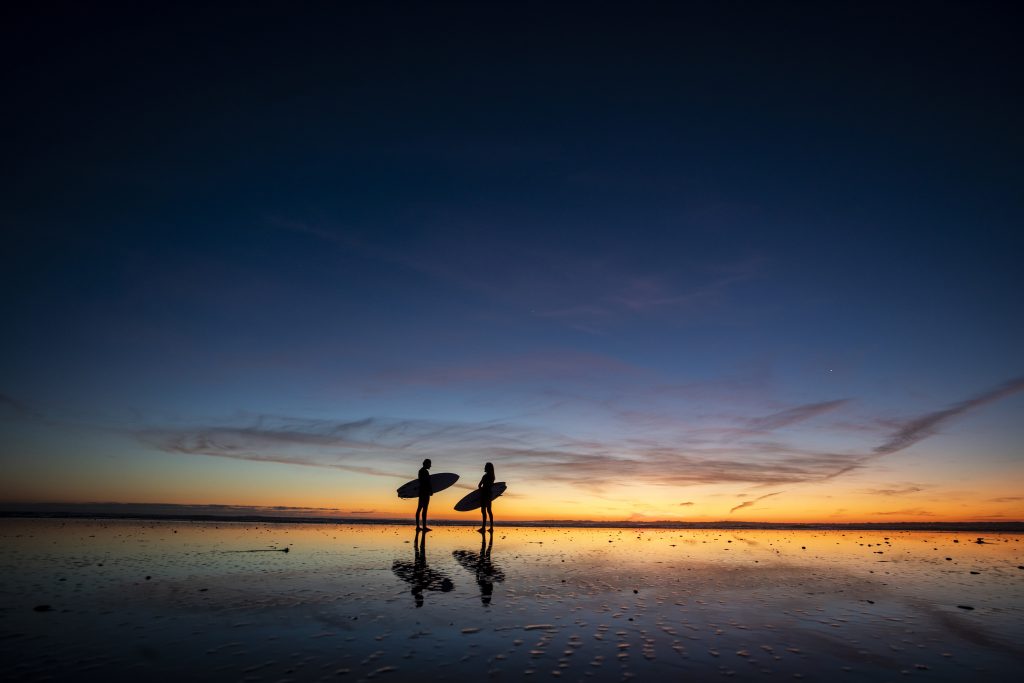
Thanks, guys! What a pleasure to chat with you both.
